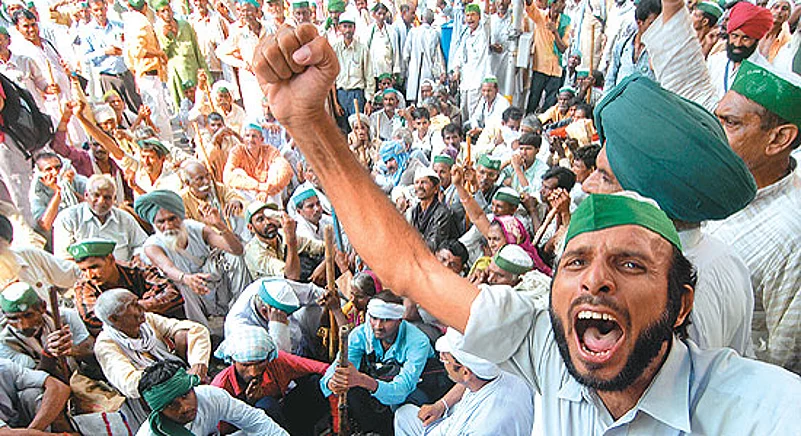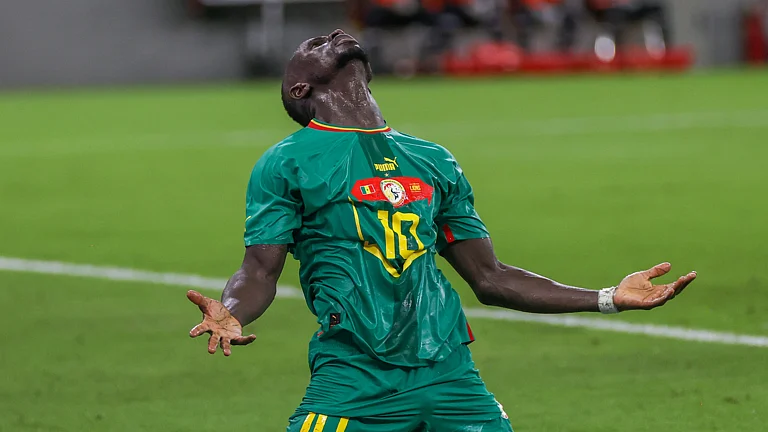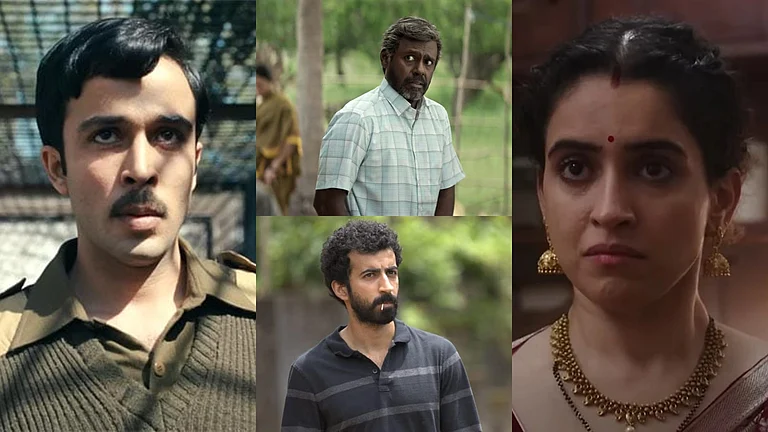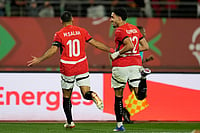Some Pending Issues
- Reduction in trade-distorting agriculture and fisheries subsidies by developed countries
- Special safeguards to protect the domestic farm sector against imports
- “Harmonisation” of customs tariffs on non-farm products, anti-dumping rules
- Clear guidelines on aid-for-trade and trade finance for investment in technology; compliance on quality norms
- Faster movement on trade in services, to enable free movement of people across borders
***
Metaphors are inevitable while describing complex negotiations between 153 nations on a stalled free trade agreement. So here goes: a game of chess has been on for almost eight years. It’s not a simple game as nations mull and cogitate over moves that promise freer trade—but, at the same time, protect both sellers and buyers. That’s why it’s not surprising there has been a stalemate for a year now because two big players, India and the US, played “spoilers” over crucial issues.
So when India finally did make a move—by hosting a two-day ministerial meet in early September, attended by over 100 nations—there was considerable excitement at this attempt to “re-energise” what is called the Doha Development Round. The fact that all players showed the “political will” to break the logjam and agreed to return to official negotiations in Geneva (which begin on September 14) is being viewed as a positive development.
But apart from the PR, what did the Delhi ministerial achieve? And does it signal a softening of stands by nations and like-minded groups? Along with Brazil, India represents the interests of a large number of developing nations who seek to protect their vulnerable sectors under a new trading deal. On the face of it, there has been no change in its stance. “At this point there is no reconsideration of position, be it on agriculture or market access. What is being significantly pursued is the initiative for engagement (in negotiations),” says Rajiv Kumar of economic think-tank ICRIER.
Then why did WTO director general Pascal Lamy describe the negotiations as having reached an “endgame”? On the contrary, developing nations have been stressing that negotiations are nearing the final goalpost—but are still not quite there. “In chess sometimes you have 10 moves for the overture, 50 moves in the middle game,” says Celso Amorim, Brazil’s external relations minister, adding “and then, 60 moves for the endgame.”
While it is natural to pare down expectations after failure, experts agree the trade talks could be in for a long haul. A deal would see the rich countries allow greater market access besides cutting distorting farm subsidies. In return, the developing counties would also open up their markets to imports of industrial goods. But many issues remain on both sides, from resistance by noisy farmer lobbies in the West to the “deal-breaking” rules on anti-dumping that India is pushing. “The process of endgame only begins when the politically difficult questions have been settled. That has not happened,” avers Anwarul Hoda, former deputy DG, WTO.
Sure, there is a silver lining: all players are keen to get back to the negotiating table. Global trade has been on the decline since last July. With 2.5 per cent growth in trade volume recorded in June ’09, there are signs of revival—but it is still way below the peak of 19 per cent growth seen in April ’08. In these uncertain times, many countries including India have resorted to “protectionism” and are engaging in more bilateral tie-ups in a bid to boost slackening exports.
There is now a feeling that bilateral agreements cannot be a substitute for a multilateral rule-based trade pact. Linu Mathew Philip, executive director of New Delhi-based think-tank Centad, warns that increasing protectionism has to be curbed as it could lead to polarisation and discontent among nations and “even to political crisis. To divert attention internally, countries may try to deflect it externally (through troops build-up) as in the case of China”. Experts believe the green shoots of economic revival need further stimulus through higher global trade to take firmer root.
But India at least is not betting on a spirit of compromise when the chief negotiators meet in Geneva. Commerce secretary Rahul Khullar puts it succinctly, “People have to learn to give and take. This is going to be harder today than it was four years back because domestic political constituencies are not all gung-ho. When unemployment ranges between 10-20 per cent in many of these (developing) countries, how do you go and sell a deal there?”
Besides unemployment, there are serious concerns of vulnerable groups that will have to be taken on board as nations resume negotiations. During the ministerial meet, thousands of farmers had converged on the capital to protest the high farm subsidies being provided by the US. Similarly, farmers and industry groups in many other Asian and African countries have been voicing fear that further market access would harm their livelihood. “Why does India want to restart the talks when the US is not going to reduce the actual farm subsidy,” questions Krishan Bir Chaudhary, president, Bharatiya Krishak Samaj.
Then there’s India’s keenness to focus on trade in services, where negotiations have not moved at par with agriculture and non-farm products. “It’s important to keep the Doha Round going while taking a reality check on further liberalisation,” says Biswajit Dhar, DG of think-tank ris. It’s still not clear how the talks will move in Geneva, as the new US administration is yet to get the mandate of the US Congress before they negotiate. In the interim, expect the usual sparring. But it ain’t over till the fat lady sings.


























